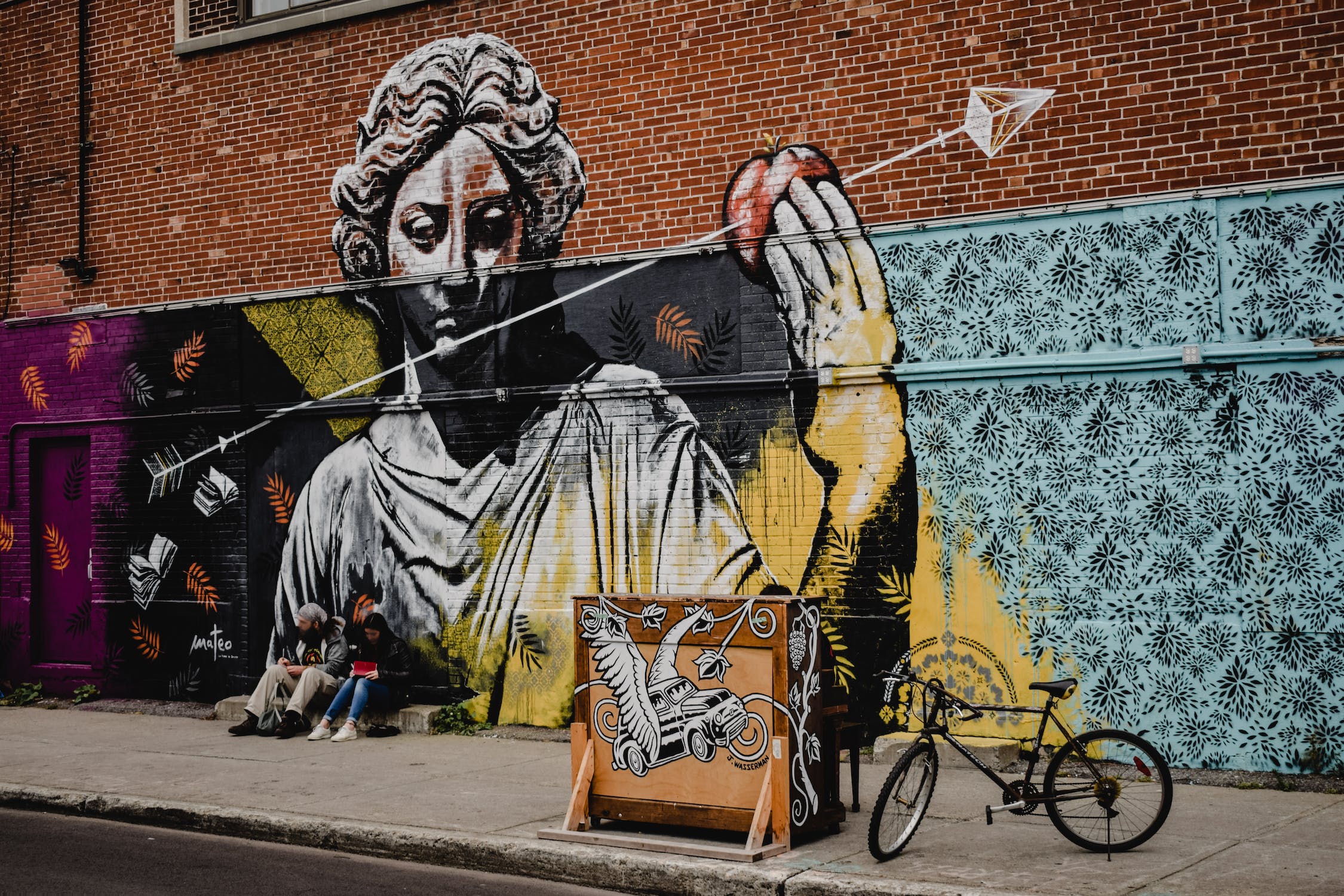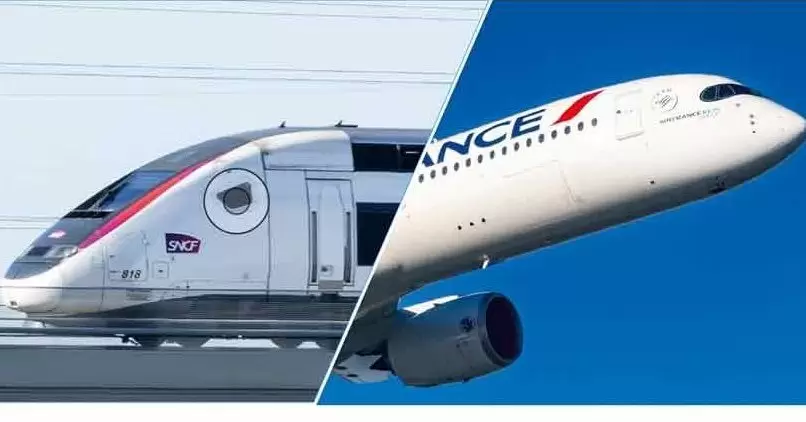Blog Detail
Street Art and Muralism as Tools for Social Transformation

Street Art and Muralism as Tools for Social Transformation
Street art and muralism have evolved from mere forms of expression into powerful vehicles for social change. With their vibrant colors, striking imagery, and often provocative messages, these art forms are reshaping urban landscapes and influencing societal discourse. In this blog post, we will explore how these artistic movements serve as tools for social transformation, enhancing communities while voicing collective narratives and issues often overlooked.
The Cultural Impact of Street Art
Street art breathes life into neglected urban spaces, transforming mundane cityscapes into dynamic canvases that reflect the culture and diversity of the community. Artists like Banksy, Shepard Fairey, and Jean-Michel Basquiat have popularized street art, but it's often local artists who bring unique insights and narratives that resonate with their communities.
By addressing issues such as inequality, racism, and environmental degradation directly on the walls of cities, street art moves beyond traditional art forms. It challenges viewers to confront harsh realities and contemplate their roles in societal change. These artworks often invite participation, eliciting emotions and responses, effectively turning passive observers into active members of their communities.
Amplifying Voices of the Marginalized
Muralism, a specific branch of street art, often pays homage to marginalized voices and histories that mainstream narratives overlook. Large-scale murals can serve as powerful symbols of resilience and hope. For instance, in many urban centers, murals commemorate significant events, advocate for racial justice, and celebrate LGBTQ+ rights, effectively giving a voice to those who have been systematically silenced.
One striking example is the mural "The Dream" in Los Angeles, which captures the spirit of the Civil Rights Movement and inspires ongoing conversations about racial equality and justice. By presenting these themes visibly in public spaces, muralists create an invitation for dialogue, allowing communities to engage deeper with their histories and current struggles.
Additionally, murals often incorporate local languages, symbols, or folklore, nurturing cultural identity and pride. This not only creates a sense of ownership among community members but also raises awareness about social issues on a larger scale, encouraging other cities to adopt similar initiatives to address their unique challenges.
Strengthening Community Engagement
Street art has an unparalleled ability to catalyze community engagement. Community-driven mural projects often involve local artists and residents, fostering collaboration and creativity. These initiatives provide a platform for residents to share their ideas and aspirations, linking individuals through art and storytelling.
When community members engage in creating a mural, they not only contribute to the artistic vision but also build camaraderie and solidarity. This participative process is crucial; it empowers individuals to take ownership of their environment, transforming passive observers into active contributors to social change.
For instance, organizations like "Pow! Wow!" and "Art in the Streets" organize festivals and events that bring together artists and communities, encouraging local artistry and public participation. These initiatives not only beautify neighborhoods but also stimulate local economies, promote tourism, and reinforce cultural identity.
Moreover, the presence of street art has been shown to reduce crime rates and increase a sense of safety in neighborhoods. By breathing new life into derelict areas, murals create welcoming spaces where community members want to gather, thereby fostering social cohesion.
Conclusion
Street art and muralism are more than mere decorative elements in our cities; they are tools for social transformation. By amplifying marginalized voices, fostering community engagement, and stimulating crucial conversations around important social issues, these art forms challenge the status quo and inspire change.
As cities continue to evolve, the role of street art will likely become even more significant. By bridging cultural divides and inspiring action, street art and muralism will undoubtedly remain at the forefront of social change, enhancing our urban landscapes while promoting a more inclusive future.
In a world where voices often go unheard, street art serves as a beacon of hope, reminding us that art has the power to reflect reality and inspire transformation. Let us embrace these vibrant expressions of creativity as they lead us toward a better collective future.

Author: Seren Blackwood


